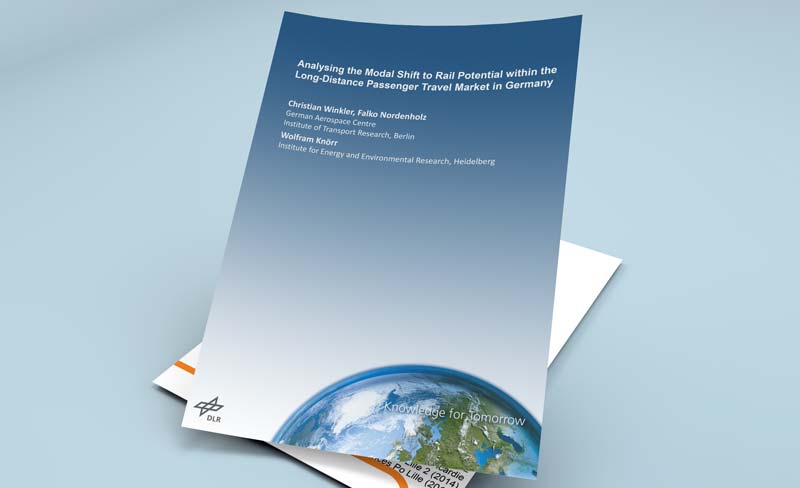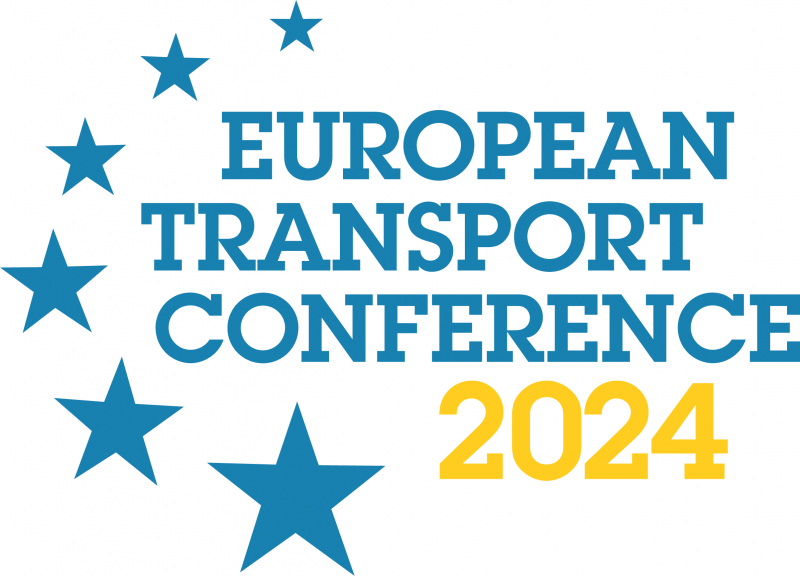-
Past ETC Papers

Browse, search and view papers from the past AET Conferences.
-
Members' Area

AET promotes networking and exchange of ideas, information and opportunities amongst members.
Conference Papers 2017
Barcelona, Spain
ETC Conference Papers 2017
Driving style classification with battery electric vehicles - Analysis of driving behavior and intention
Seminar
Day 2 (5 Oct 2017), Session 6, Electric Vehicles, 15:30 - 17:30
Status
Accepted, documents submitted
Submitted by / Abstract owner
Sebastian Müller
Authors
Sebastian Müller-Blumhagen, University of Technology Chemnitz, Madlen Günther, University of Technology Chemnitz, Josef F. Krems, University of Technology Chemnitz
Short abstract
To increase the efficient usage of battery capacities of car-sharing BEVs we classify users by some selected features and correlate this features with the given answers of the questionaires.
Abstract
Battery electric vehicles (BEVs) have become a promising alternative in the field of sustainable transport.
The implementation of BEVs in car-sharing systems seems to be a fruitful possibility to achieve
the most sustainable effect for a mobility system . To increase the efficient usage of battery capacities
of car-sharing BEVs, accurate driving range prognosis is one possible solution. With regard to required
charging time and amount of energy a controlled charging system could be implemented.
Furthermore, accurate BEV range estimation is a key element for user experience and trust . Previous
research has shown, that BEV-drivers prefer an accurate and transparent range estimation system .
Even though, usable BEV range is depending on different factors (e.g. weather conditions, distance profile),
driving style is the most influencing one . Therefore, an accurate BEV range estimation could be
achieved by driving style analysis.
The objective of the present research was to examine the influence of driving style on the energy consumption
of a BEV and on the energy efficiency of a whole car sharing system. In the following paper a
driving style analysis and classification of BEV drivers is described. The main focus lies on driving style
classification by the recorded vehicle parameters (e.g. velocity, acceleration) by using machine learning
algorithms. Further, we combine users’questionnaire reportings (e.g. regarding driving style and
intention to save energy while driving) and their actual driving behavior.
Particular effort was made to recruit only users with access to a car-sharing system with BEVs because
research suggests that such a sample is needed to determine truly marketable vehicle and car sharing
configurations in more mature markets. Therefore, we set up a car sharing system with BEVs located
at the Chemnitz University of Technology . Within this study, a sample of 149 users was given the
opportunity to have free of charge access to BEVs on their business related trips for four months until
January 2017. The full paper will be submitted with an extended user sample and a larger data basis.
The BEVs were equipped with CAN-Bus data logger, which recorded different variables at a frequency
of 0.5 Hz, such as velocity, pedal angle, acceleration in x- and y-axis, power consumption of the traction
system and average power consumption per 100 km. In addition to this we also take the standard
deviation of all the parameters in account. To increase our feature space for the classification algorithms,
we calculated characteristic values of each acceleration process grounded on a model based approach according
to Schwarze. Regarding the driving style classification two different methods are used: One
method uses a Neuronal Network , the other method implements a fuzzy logic classifier
. Further, in our study users filled out an online questionnaire after three months of system access. The
online questionnaire was used to assess demographic variables, current mobility and driving behavior, as
well as specific personality constructs such as driving style.
It was shown that the selected features are feasible to classify the individual driving style with BEVs.
Three different types of users’driving style could be identified . Moreover, users’questionnaire
reportings regarding driving style and energy consumption is correlated with actual driving behavior. The
harmonization of different methodologies led to a comprehensive driving style analysis with BEVs.
Documents:
Association For
European Transport
Forester House
Doctors Lane
Henley-in-Arden
Warwickshire, UK
B95 5AW
+44 (0) 15 64 793552
VAT number: 710 1866 64
Conference Supporters & Endorsers




Legal Entity
The Association for European Transport is registered as an Association ('vereniging') with the Chamber of Commerce for Haaglanden in The Netherlands under company number 27170096.
Built on Zenario




